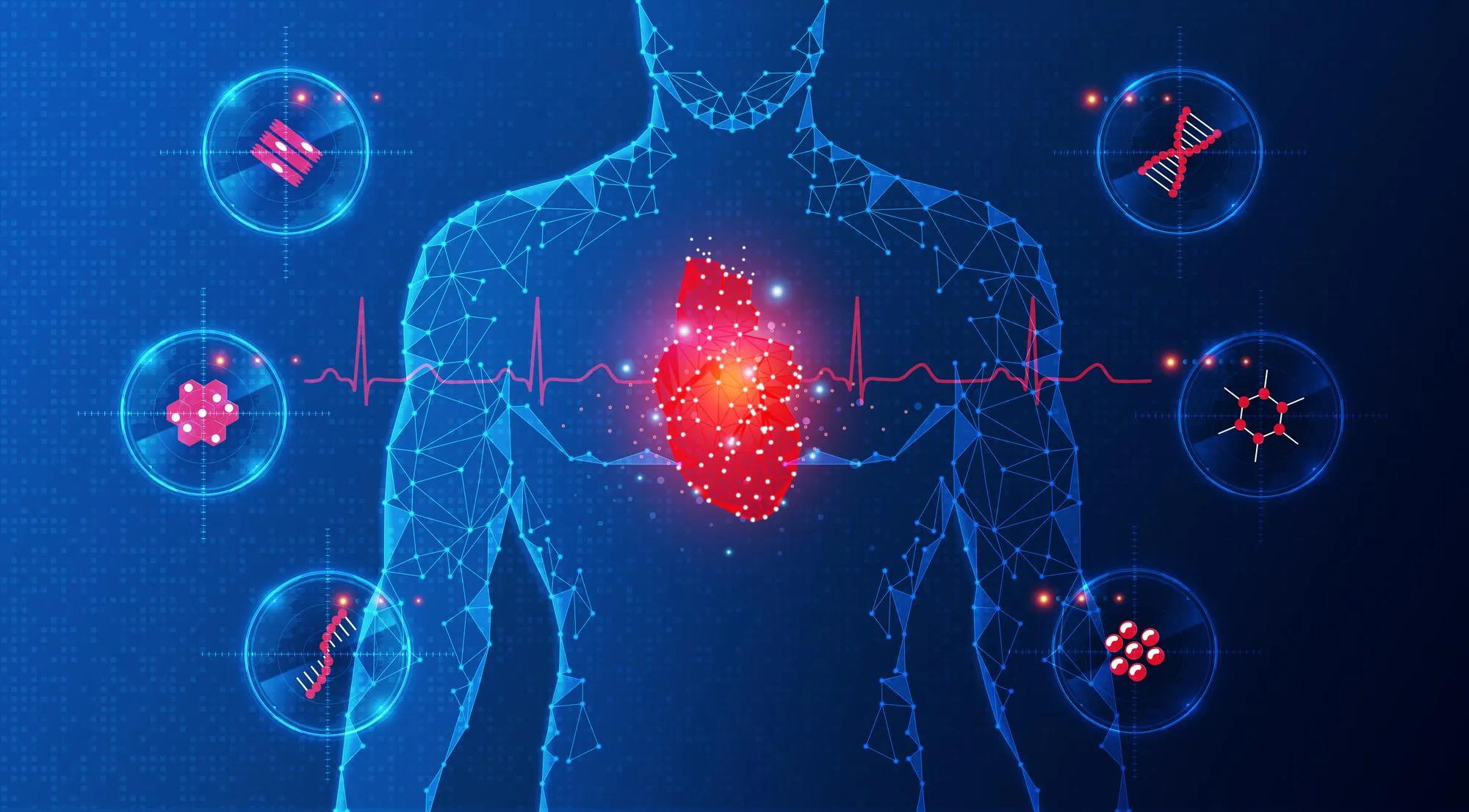A groundbreaking study published in “Circulation: Cardiovascular Imaging,” a journal from the American Heart Association, reveals the promise of T2 Cardiac Magnetic Resonance (CMR) to detect early signs of heart damage in breast cancer survivors who have been treated with anthracycline-based chemotherapy. This advanced imaging technique has the potential to revolutionize the monitoring of cardiotoxicity, enabling interventions at a stage when cardiac dysfunction may still be reversible.
The Silent Threat of Anthracycline-Induced Cardiotoxicity
Anthracyclines, such as doxorubicin, are a class of chemotherapy drugs widely used to treat various forms of cancer, including breast cancer. While effective in combating cancer, anthracyclines are known to cause damage to the heart muscle in some patients, potentially leading to heart failure. This condition, referred to as anthracycline-induced cardiotoxicity (AIC), is a serious and silent threat to cancer survivors, especially concerning, as many patients do not present with symptoms until significant damage has occurred.
Innovative Research at The Ohio State University
The study, supported by grants from the National Institutes of Health (NIH), was led by Dr. Maryam B. Lustberg and her colleagues at The Ohio State University. The research involved a collaboration between the Division of Medical Oncology at the James Cancer Hospital and Solove Research Institute and the Division of Cardiovascular Medicine at The Ohio State University Wexner Medical Center.
The Role of T2 Cardiac Magnetic Resonance Imaging
T2 CMR is an advanced imaging modality that enables the visualization of heart muscle inflammation, which is a precursor to fibrosis and, eventually, cardiac dysfunction. The Ohio State University study focused on the predictive value of this technology to detect early changes in the heart associated with AIC.
The prospective study included survivors of breast cancer who had undergone anthracycline-based chemotherapy. T2 CMR was used to measure parameters such as edema and fibrosis, which are crucial indicators of early heart damage.
The research findings suggest that T2 CMR may be a sensitive diagnostic tool for early detection of AIC. This enables oncologists and cardiologists to identify patients at high risk for developing heart problems post-chemotherapy and consider early interventions, such as heart-protective medications or modified cancer treatment regimens.
The Impact on Cancer Survivorship
AIC presents significant challenges for long-term survivorship care in breast cancer patients. The timely identification and treatment of cardiac issues are critical to preventing heart failure and maintaining the quality of life for these individuals. T2 CMR provides clinicians with the much-needed tool to monitor the cardiac health of survivors with unprecedented precision.
The Study’s Significance
The use of T2 CMR aligns with the emerging field of cardio-oncology, which aims to minimize cardiovascular complications related to cancer therapy. Early detection and intervention for AIC have the potential to improve outcomes for survivors significantly.
Dr. Lustberg and her colleagues have contributed a vital piece of research demonstrating the unique benefits of T2 CMR. Their work lays the groundwork for broader clinical application and better awareness of AIC among healthcare providers.
Future Directions
Further studies and clinical trials are warranted to validate the predictive power of T2 CMR for AIC across a larger patient population and other types of cancer treatments. Integration of T2 CMR into standard survivorship care protocols could potentially transform the long-term care of cancer survivors.
Conclusion
This study showcases a significant advance in the detection of early cardiac damage in breast cancer survivors treated with anthracycline-based chemotherapy. T2 CMR emerges as a pivotal tool in the early diagnosis and management of AIC, contributing to improved survivorship care. Oncologists and cardiologists are encouraged to consider this imaging technique to safeguard the hearts of cancer survivors.
DOI and References
DOI: 10.1161/CIRCIMAGING.118.008777
1. Lustberg, M.B., Reinbolt, R., Addison, D., et al. Early Detection of Anthracycline-Induced Cardiotoxicity in Breast Cancer Survivors With T2 Cardiac Magnetic Resonance. Circ Cardiovasc Imaging. 2019; e008777. DOI: 10.1161/CIRCIMAGING.118.008777
2. Farhad, H., Staziaki, P.V., Addison, D., et al. Characterization of the Changes in Cardiac Structure and Function in Mice Treated with Anthracyclines Using Serial Cardiac Magnetic Resonance Imaging. Circ Cardiovasc Imaging. 2016;9:e003584. DOI: 10.1161/CIRCIMAGING.116.003584
3. De Angelis, A., Piegari, E., Cappetta, D., et al. Anthracycline Cardiomyopathy is Mediated by Depletion of the Cardiac Stem Cell Pool and is Rescued by Restoration of Progenitor Cell Function. Circulation. 2010;121:276–92. DOI: 10.1161/CIRCULATIONAHA.109.895771
4. Feola, M., Garrone, O., Occelli, M., et al. Cardiotoxicity After Anthracycline Chemotherapy in Breast Carcinoma: Effects on Left Ventricular Ejection Fraction, Troponin I and Brain Natriuretic Peptide. Int J Cardiol. 2011;148:194–8. DOI: 10.1016/j.ijcard.2009.11.008
5. Melendez, G.C., Jordan, J.H., D’Agostino, Jr. R.B., et al. Progressive 3-Month Increase in LV Myocardial ECV After Anthracycline-Based Chemotherapy. JACC Cardiovasc Imaging. 2017;10:708-709. DOI: 10.1016/j.jcmg.2016.11.005
Keywords
1. Early Detection of Cardiotoxicity
2. T2 Cardiac Magnetic Resonance
3. Anthracycline-Induced Cardiotoxicity
4. Breast Cancer Survivorship
5. Cardio-Oncology Imaging
